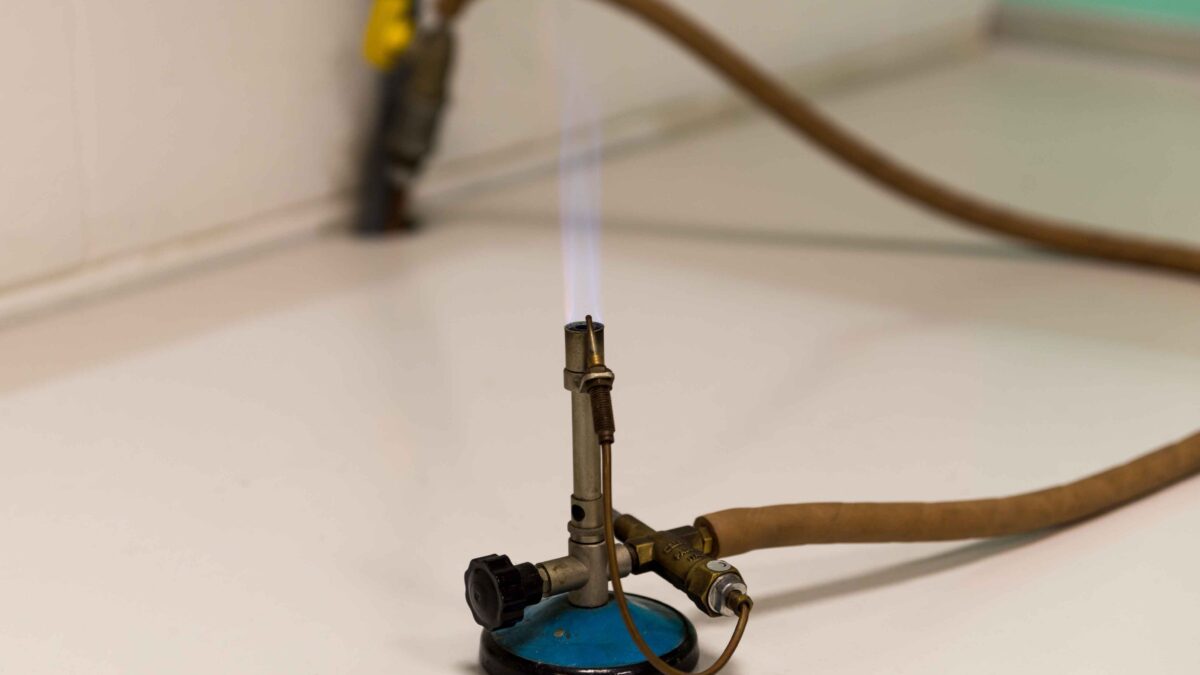Introduction to Bunsen Burners
In the realm of chemistry laboratories, few tools have had as significant an impact as the Bunsen burner. Named after its inventor, German chemist Robert Wilhelm Bunsen, this simple yet ingenious device has been instrumental in advancing scientific research, experimentation, and education in the field of chemistry. Let’s explore the history, design, and contributions of Bunsen burners to the world of chemistry.
The Invention of the Bunsen Burner
In 1855, Robert Bunsen, in collaboration with his laboratory assistant Peter Desaga, developed the first Bunsen burner at the University of Heidelberg. The burner was designed to produce a clean, hot flame suitable for various chemical experiments. Unlike previous gas burners, which produced a smoky flame that often obscured observation, the Bunsen burner utilized a controllable air valve to regulate the flow of gas and air, resulting in a clean and efficient flame.
Key Components and Design
The Bunsen burner consists of several key components:
- Gas Inlet: Connected to a gas source, typically natural gas or propane.
- Air Inlet: Allows for the regulation of airflow into the burner tube.
- Burner Tube: Where the gas and air mix and combust to produce a flame.
- Collar or Vent: Adjusts the ratio of gas to air, influencing the characteristics of the flame.
- Base: Provides stability and support for the burner.
The burner’s design allows for precise control over the flame’s temperature, size, and characteristics, making it suitable for a wide range of laboratory applications.
Versatility in Laboratory Applications
Bunsen burners are versatile tools used in various laboratory applications:
- Heating and Sterilization: Bunsen burners are commonly used to heat substances in glassware during chemical reactions, sterilize laboratory equipment, and perform flame tests to identify the presence of specific elements based on the color of the flame.
- Combustion Reactions: The clean, hot flame produced by Bunsen burners is ideal for conducting combustion reactions, such as the ignition of organic compounds or the determination of the carbon content in organic materials through combustion analysis.
- Glassworking: In glassworking applications, Bunsen burners are used to soften and shape glass tubing or rods for constructing laboratory apparatus and glassware.
Safety and Efficiency
Bunsen burners are designed with safety and efficiency in mind:
- Flame Stability: The adjustable air valve and collar allow users to control the burner’s flame, ensuring stability and minimizing the risk of accidents or flare-ups.
- Safety Features: Modern Bunsen burners are equipped with safety features such as flame failure devices and built-in shut-off valves to prevent gas leaks and enhance user safety.
- Energy Efficiency: By optimizing the combustion process, Bunsen burners maximize energy efficiency, minimizing gas consumption and reducing environmental impact.
Educational and Research Tool
Beyond its practical applications in laboratory settings, the Bunsen burner plays a crucial role in chemistry education and research:
- Teaching Tool: Bunsen burners are essential components of chemistry laboratories in educational institutions worldwide, providing students with hands-on experience in conducting experiments, observing chemical reactions, and understanding the principles of combustion and heat transfer.
- Research Instrument: In research laboratories, Bunsen burners are indispensable tools for conducting chemical synthesis, analyzing compounds, and studying the properties of materials under controlled heating conditions.
Conclusion
The Bunsen burner stands as a symbol of progress and innovation in the field of chemistry, revolutionizing laboratory practices and scientific experimentation. From its humble origins in the 19th century to its widespread use in educational institutions, research laboratories, and industrial settings today, the Bunsen burner has left an indelible mark on the world of chemistry. Its simple yet effective design, versatility, safety features, and contributions to scientific discovery make it a timeless icon of scientific progress. As chemistry continues to evolve and push the boundaries of knowledge, the flame of progress ignited by the Bunsen burner will continue to illuminate the path of scientific inquiry and exploration.


